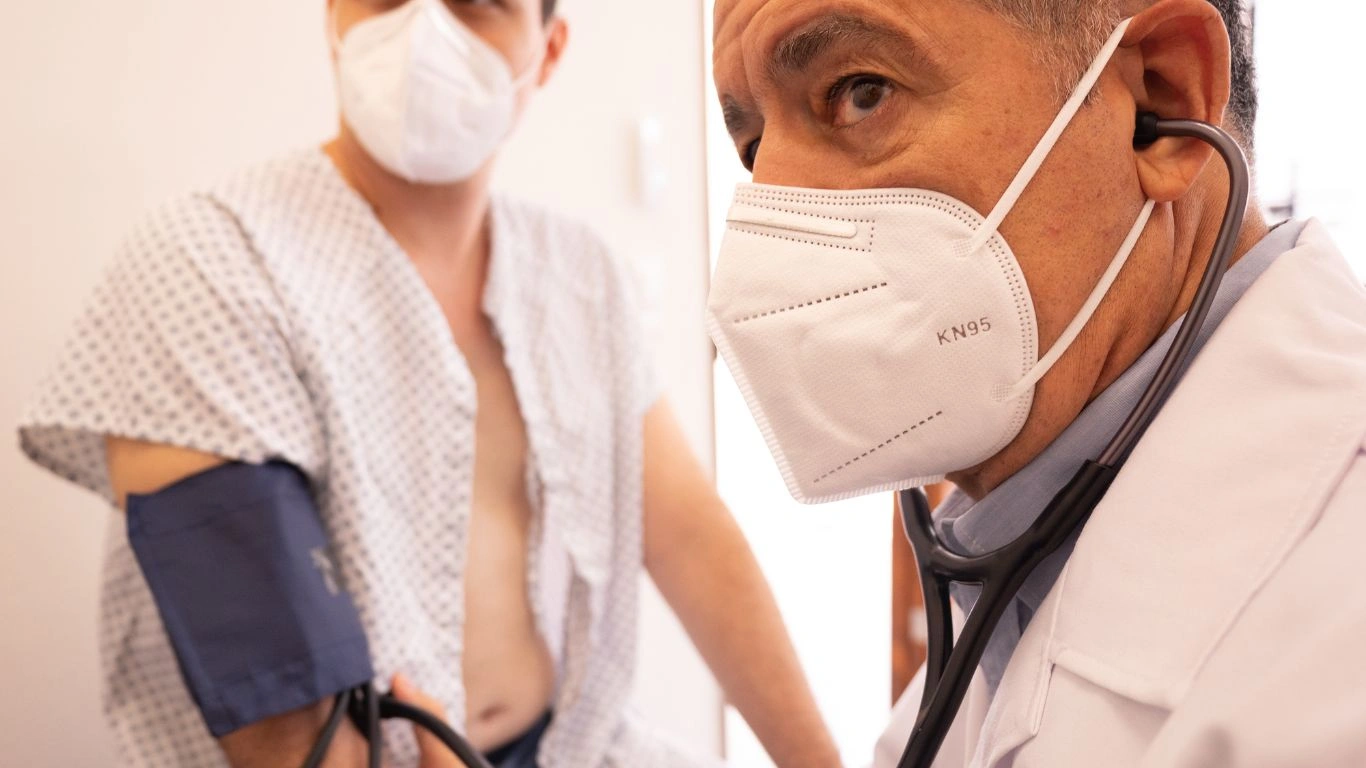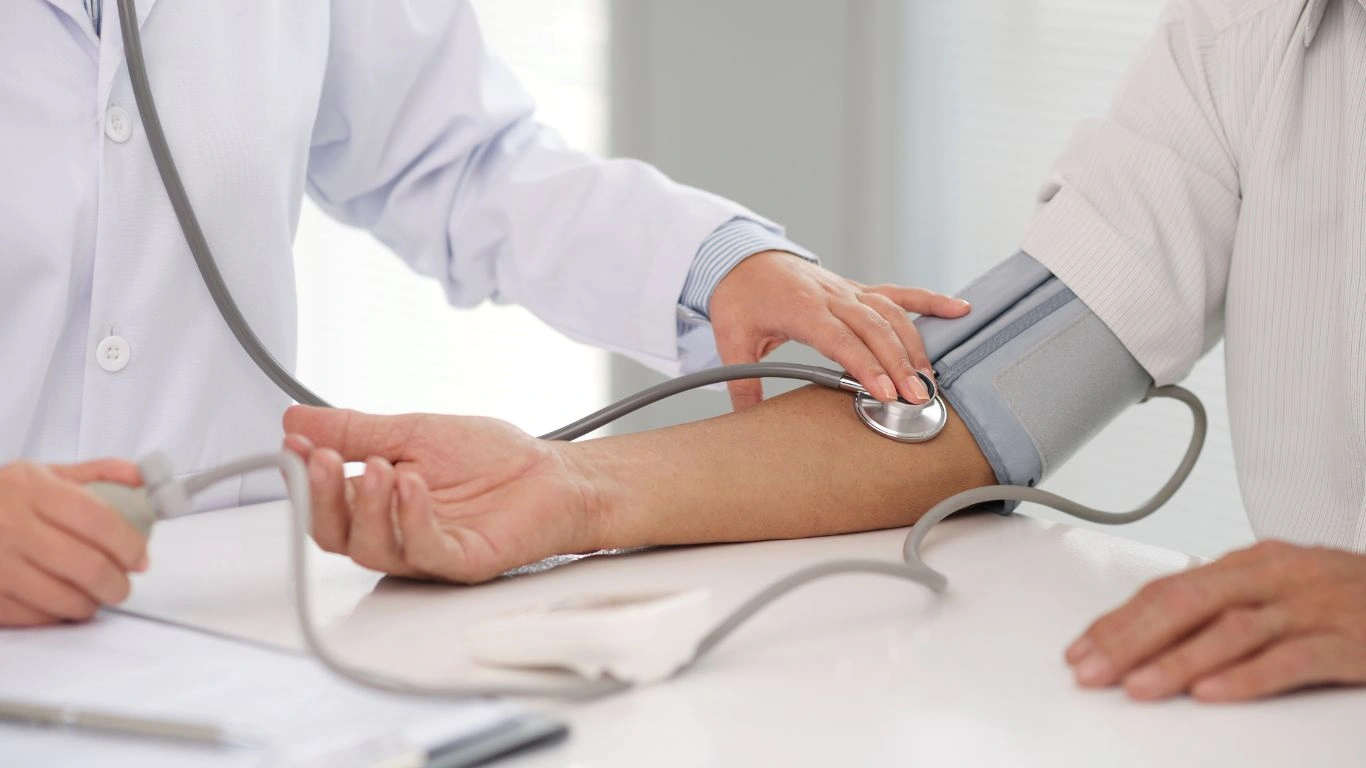Best Natural Teas for Hypertension Relief That Actually Work
If you’ve ever found yourself reaching for yet another prescription to keep your blood pressure in check, you’re not alone. As an internal medicine physician who’s worked with countless patients on hypertension management, I’ve seen the full spectrum — from those struggling with medication side effects to those craving more *natural, sustainable solutions*. That’s why I’m genuinely excited to talk about something close to my heart and my practice: natural teas for hypertension relief. These aren’t magical fixes, of course — but when chosen wisely and used consistently, they can complement your medical routine in some pretty remarkable ways. And yes, I’ve even swapped my second cup of coffee for hibiscus tea more times than I can count (spoiler alert: my blood pressure thanked me).
How Natural Teas Can Support Blood Pressure Management

First things first — natural teas aren’t a replacement for medication or medical advice, but they can play a meaningful role in your daily blood pressure management. The key lies in the bioactive compounds found in herbs like hibiscus, green tea, and even garlic tea (yep, that’s a thing — more on that later). These compounds work in various ways: some help relax blood vessels, others reduce oxidative stress, and a few may even act as mild diuretics.
Now, as someone who sees the day-to-day struggle of managing hypertension — the pill fatigue, the dietary overhaul, the endless monitoring — I get why patients are looking for natural options they can easily integrate. The best part? These teas can be a comforting, calming ritual too. Sipping something warm and healing after a long day? That’s therapy in a cup, if you ask me.
The Science Behind the Sip
Let’s not just romanticize herbal teas — let’s look at the science. Take hibiscus tea, for example. This vibrant red tea isn’t just pretty to look at. Several clinical trials have shown its potential in lowering systolic and diastolic blood pressure. A 2019 meta-analysis in the Journal of Hypertension concluded that hibiscus extract led to significant reductions in blood pressure, especially in people with prehypertension or mild hypertension.
Why does it work? Hibiscus is rich in anthocyanins — antioxidant pigments that may help dilate blood vessels and reduce inflammation. Plus, it has a mild diuretic effect, which can contribute to lowering blood pressure. I’ve recommended it to patients looking for a caffeine-free option that also has a bit of research backing it up, and many love the tart, cranberry-like flavor.
Best Natural Teas for Hypertension Relief

1. Hibiscus Tea
This one deserves the spotlight. It’s the most well-researched of the bunch and a staple in my personal and professional toolbox. I often suggest starting with one cup daily, especially in the evening — it helps wind down your nervous system, too.
2. Green Tea
Okay, I’ll admit — green tea is everywhere. But there’s a good reason. It contains catechins, powerful antioxidants that can enhance endothelial function (fancy term for how well your blood vessels relax and contract). Just keep the caffeine content in mind, especially if you’re sensitive. I usually recommend it as a morning beverage to replace that second or third cup of coffee.
3. Chamomile Tea
This is my go-to for stress-induced blood pressure spikes. It doesn’t lower BP dramatically on its own, but it calms the nervous system, and that helps more than people realize. Think of it as a gentle co-pilot for your cardiovascular system.
- Bonus Tip: Add a pinch of cinnamon to your tea — it’s also shown mild blood pressure-lowering effects in small studies and adds a lovely flavor.
- Stick with unsweetened versions to avoid hidden sodium or sugars.
- Always check with your doctor before adding herbal teas if you’re on blood pressure meds — some interactions do exist.
Creating a Hypertension-Friendly Tea Ritual

This is the part I love most: the ritual. Whether you’re brewing loose leaves or steeping a quick tea bag, that moment of stillness and intention matters. I encourage my patients to turn their tea time into a mini wellness practice — even five minutes of calm can reduce cortisol and help your body reset.
Here’s what I personally do: I set a reminder on my phone at 8 p.m. (my wind-down hour), brew a cup of hibiscus with a touch of ginger, dim the lights, and just sit. No screens, no multitasking. Just me and my tea. It’s simple, but I swear it works better than half the stress relief apps out there.
Other Natural Teas Worth Exploring for Blood Pressure Support

While hibiscus and green tea often steal the spotlight, they’re definitely not the only players in the world of natural teas for hypertension relief. Over the years, both professionally and personally, I’ve dabbled with a variety of herbal infusions — some were surprisingly effective, others… well, let’s just say they didn’t make it past the second sip. Let me walk you through a few more that have earned a place in my “recommended with confidence” list.
4. Garlic Tea (Yes, really)
This one is for the adventurous tea drinker — or anyone who truly wants to harness nature’s pharmacy. Garlic is packed with allicin, a compound known for its vasodilatory properties. It’s been shown in studies to support better blood flow and reduce systolic blood pressure.
To make it more palatable, I usually recommend adding a dash of lemon and honey. Think of it as a savory-sweet tea tonic. It’s not everyone’s cup of tea (literally), but for those who try it, the results can be surprisingly positive. I’ve had a handful of patients see modest improvements after just a few weeks of consistent use — again, always in combination with their usual management plan.
5. Rooibos Tea
If you’re looking for something naturally caffeine-free with a smoother taste, rooibos is a lovely option. Originating from South Africa, this reddish tea is rich in antioxidants like aspalathin, which may help regulate the angiotensin-converting enzyme (ACE) — a key player in blood pressure regulation. I actually stumbled onto rooibos while on vacation years ago and have been recommending it ever since. It’s soothing, a little nutty in flavor, and kind on the gut too.
6. Celery Seed Tea
This one is a lesser-known gem. Celery seed extract has long been used in traditional Chinese medicine to treat high blood pressure. It’s thought to act as a mild diuretic and help dilate blood vessels. The tea has an earthy, slightly bitter taste — not for everyone — but if you’re into savory brews, this one’s worth a try.
Combining Teas with Lifestyle for Better Results

Here’s the deal — sipping tea is lovely, but it works best as part of a holistic lifestyle. In clinic, I always say this to patients: “You can’t out-sip a salty diet.” So, if you’re adding these herbal teas to your routine, pair them with foundational habits that support heart health.
- Lower sodium intake: Try seasoning with herbs and citrus instead of salt.
- Stay active: Even 20 minutes of brisk walking daily can help regulate BP.
- Manage stress: Yoga, deep breathing, prayer, journaling — whatever grounds you, do more of it.
- Monitor regularly: Don’t wait for your next appointment. A home BP cuff is a worthwhile investment.
Honestly, when patients combine these small but powerful lifestyle tweaks with daily herbal tea rituals, the results often speak for themselves. I’ve seen people drop from 150s systolic to low 130s in just a couple of months — with fewer medication adjustments needed.
What to Watch Out for When Trying Herbal Teas

Now, as much as I love promoting natural strategies, I also have to give my usual physician disclaimer here: herbal doesn’t mean harmless. I’ve had patients unknowingly interact with their meds by adding new teas or supplements to their routines.
Some things to keep in mind:
- Medication interactions: Teas like licorice root (which I haven’t included for a reason) can spike BP and interact with diuretics or ACE inhibitors.
- Blood thinners: Garlic, ginger, and green tea can thin the blood slightly — so if you’re on anticoagulants, proceed with caution and speak with your provider.
- Allergies or sensitivities: If you’re trying something new, start slow. Some herbal teas can trigger allergic reactions, especially if you have pollen sensitivities.
I usually advise introducing one new tea at a time and keeping a little “tea journal” — jot down how you feel, any side effects, or changes in your BP readings. It’s a simple but effective way to track your body’s response.
My Go-To Daily Tea Schedule (Feel Free to Steal It)
Over time, I’ve crafted my own tea routine based on what works for me and many of my patients. Feel free to tweak it to fit your day:
- Morning: Green tea with breakfast (helps me stay alert and regulate BP without the coffee jitters).
- Midday: Rooibos or celery seed tea with lunch — gentle and digestive-friendly.
- Evening: Hibiscus or chamomile to unwind, especially post-dinner or before bed.
It’s not rigid — some days I skip, others I double up. The key is consistency over time, not perfection. And always, always listen to your body.
Personalizing Your Herbal Tea Journey

If there’s one thing I’ve learned after years of working with patients (and experimenting in my own kitchen), it’s that the journey to lower blood pressure is deeply personal. What works wonders for one person may not do much for another — and that’s totally okay. The beauty of using natural teas for hypertension relief is that you can tailor the approach to fit your taste, your routine, and your body’s response.
Some of my patients love starting their day with bold green tea, others lean into the calming effects of lemon balm or lavender in the evening. I had one patient who swore by garlic tea in the mornings — he got used to the flavor, and surprisingly, his systolic numbers dropped by 12 points over two months (his wife, however, wasn’t thrilled with the breath situation!). It’s really about consistency and figuring out what resonates with your body and lifestyle.
Tips for Building a Sustainable Routine
- Rotate your teas: Mix and match throughout the week to get a broader spectrum of health benefits and avoid flavor fatigue.
- Use a dedicated teapot or infuser: It’s a small detail, but having a designated “tea time” setup makes the ritual more enjoyable.
- Try whole herbs when possible: Loose leaf and whole dried herbs often retain more of their active compounds than overly processed tea bags.
- Keep a BP log: I can’t stress this enough. Pairing tea with regular self-monitoring gives you clarity on what’s working and what’s not.
And just between us? Don’t overthink it. Start simple. One tea. One time a day. Build from there.
What the Research Says (and Doesn’t)

I want to touch on this because, as a physician, I’m always navigating the balance between evidence-based recommendations and patient-led wellness interests. The good news is, there’s growing research supporting the benefits of herbal teas in cardiovascular health — especially with ingredients like hibiscus, green tea, rooibos, and garlic.
Clinical studies have shown that hibiscus tea, in particular, may reduce systolic blood pressure by up to 7 mmHg in people with prehypertension or mild hypertension. That’s significant, especially considering it’s a beverage you can enjoy daily. Green tea and rooibos have also shown promise in improving endothelial function and reducing oxidative stress, both of which support healthier blood pressure levels over time.
That said, research on natural therapies is still evolving. Herbal teas are often studied in small sample sizes or short durations, which means we still need broader, longer-term data. But in my clinical experience, when used mindfully and paired with lifestyle changes, teas can become powerful allies.
Final Thoughts on Embracing Tea as a Wellness Tool
At the end of the day, managing high blood pressure is a marathon, not a sprint. I tell patients this all the time: it’s not just about one choice — it’s about stacking small, smart choices day after day. And choosing to add a couple cups of blood pressure-friendly herbal tea to your daily rhythm? That’s a solid, enjoyable move in the right direction.
I’ve had many patients who initially came to me feeling discouraged, overwhelmed, and tired of the medical routine. But once we started integrating gentle, natural strategies like tea, they began to feel more empowered. Not cured — but more in control. More hopeful. That counts for a lot.
So go ahead — brew that cup, take a deep breath, and give your heart a little love. Your future self (and your blood pressure monitor) just might thank you.
References
- National Center for Biotechnology Information (NCBI)
- American Heart Association
- American Gastroenterological Association
- National Center for Complementary and Integrative Health (NCCIH)
- Mayo Clinic
Disclaimer
This article is for informational purposes only and is not a substitute for professional medical advice, diagnosis, or treatment. Always consult your physician or qualified healthcare provider before making any changes to your diet, medications, or health routines — especially if you are currently taking blood pressure medication or managing chronic conditions.

Dr. Gwenna Aazee is a board-certified Internal Medicine Physician with a special focus on hypertension management, chronic disease prevention, and patient education. With years of experience in both clinical practice and medical writing, she’s passionate about turning evidence-based medicine into accessible, actionable advice. Through her work at Healthusias.com, Dr. Aazee empowers readers to take charge of their health with confidence and clarity. Off the clock, she enjoys deep dives into nutrition research, long walks with her rescue pup, and simplifying medical jargon one article at a time.






